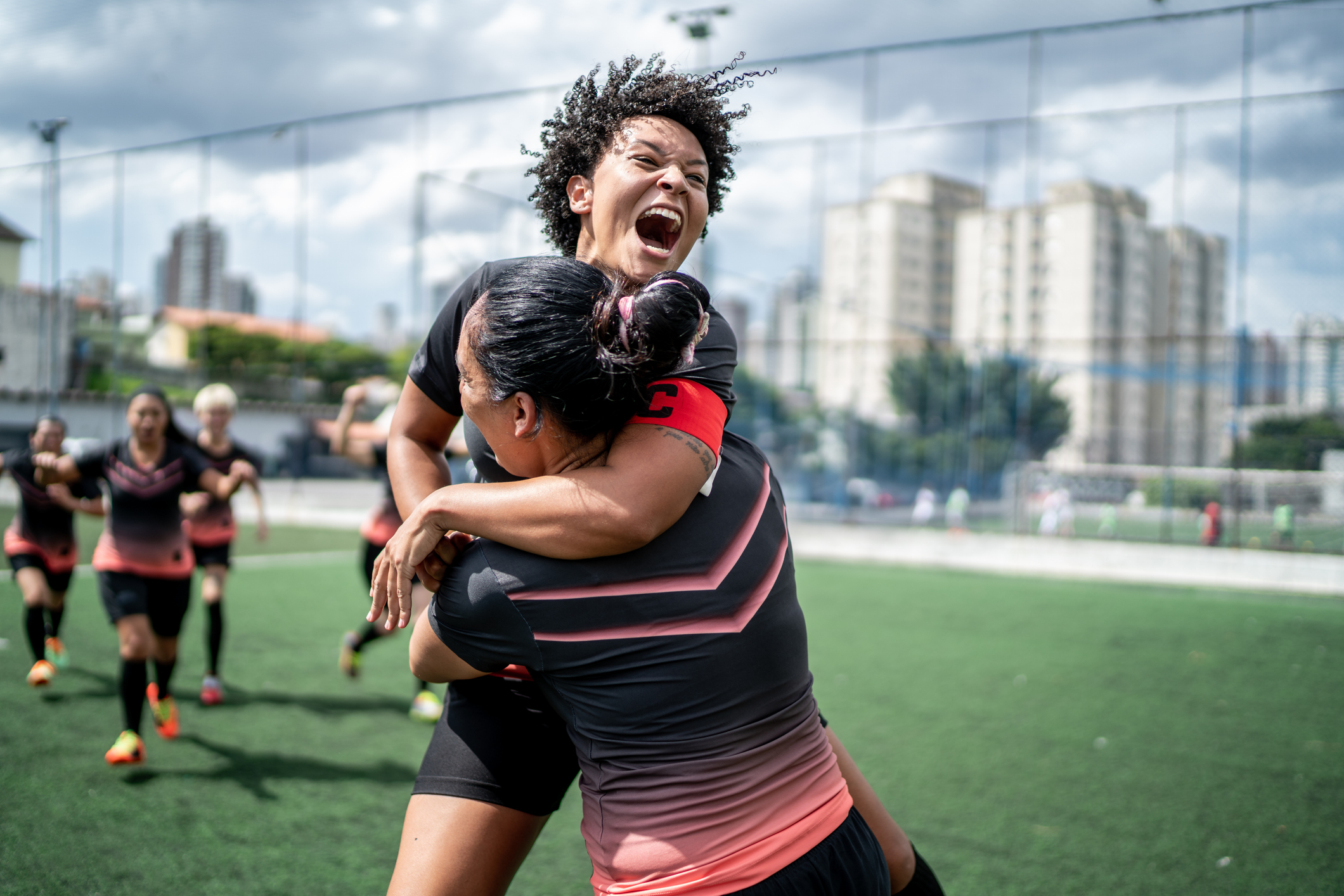Securing the right visa is crucial for artists and athletes aiming to work in the U.S. The O-1 and P-1 visas offer unique opportunities tailored to those with extraordinary abilities and international recognition. Understanding these visas can help you determine which option suits your specific situation. In this blog, we’ll explore the details and requirements of these visas, making it easier for you to embark on your professional endeavors in the United States.
Understanding the O-1 Visa
The O-1 visa is a non-immigrant visa designed for individuals with extraordinary abilities or achievements in their field. This visa is ideal for professionals in the sciences, education, business, athletics (O-1A), and the arts, including the motion picture and television industries (O-1B). To qualify for an O-1 visa, applicants must demonstrate sustained national or international acclaim and recognition for their work. This can be evidenced through major awards, published materials, critical reviews, or a high salary indicative of their extraordinary ability.
An essential aspect of the O-1 visa process is that it requires a U.S. agent or employer to sponsor the application. This visa provides an excellent opportunity for talented individuals to contribute their skills and creativity to the U.S. workforce.
Eligibility Criteria for the O-1 Visa
To qualify for an O-1 visa, applicants must meet specific eligibility criteria demonstrating their extraordinary ability or achievements in their field. For the O-1A visa, individuals must show sustained acclaim in sciences, education, business, or athletics. This can be evidenced through major awards, published articles about their work, critical reviews, or participation as a judge of others’ work in the field. High salaries or significant contributions to their industry also support their qualifications.
For the O-1B visa, aimed at those in the arts and entertainment industries, applicants must demonstrate a record of extraordinary achievement. This can include notable awards, leading or starring roles in productions, significant critical acclaim, or recognition by experts in the field. Evidence might also include commercial success, such as box office receipts or album sales.
Both O-1A and O-1B applicants need a U.S. agent or employer to file a petition on their behalf detailing the applicant’s qualifications and the nature of their work in the U.S. The petition must include a written advisory opinion from a peer group or expert in the applicant’s field attesting to their extraordinary ability.
Understanding the P-1 Visa
The P-1 visa is a non-immigrant visa tailored for internationally recognized athletes, entertainers, and essential support personnel. The P-1A visa applies to athletes who compete at an internationally recognized level, either individually or as part of a team. The P-1B visa is for members of internationally recognized entertainment groups with a sustained and substantial relationship with the group for at least one year.
Both categories require proof of international recognition, such as awards, media coverage, or participation in major events. Essential support personnel who provide critical services to P-1 visa holders can also apply under the P-1S visa category. A U.S. sponsor or employer must file a petition on behalf of the applicant, detailing their achievements and the nature of their work.
Eligibility Criteria for the P-1 Visa
To qualify for a P-1 visa, applicants must meet specific eligibility criteria demonstrating their international recognition and achievements in their field. For the P-1A visa, athletes must show they compete at an internationally recognized level. Evidence can include international rankings, participation in major international competitions, and awards or honors in their sport. Teams must be recognized internationally, with significant achievements and a distinguished reputation.
For the P-1B visa, members of entertainment groups must demonstrate that their group is internationally recognized and has a substantial, sustained relationship for at least one year. The group’s international recognition can be shown through awards, nominations, media coverage, and participation in high-profile events or productions.
Both P-1A and P-1B applicants need a U.S. sponsor or employer to file a petition on their behalf, providing documentation of the applicant’s achievements and the nature of their work. Essential support personnel for P-1 visa holders can apply under the P-1S category, demonstrating their critical role in the principal visa holder’s performance. The petition must include evidence of the applicant’s international recognition and a detailed explanation of their intended activities in the U.S.
Differences Between the O-1 Visa and the P-1 Visa
The O-1 visa and P-1 visa serve different purposes for individuals with extraordinary talents. The O-1 visa is for individuals with extraordinary ability or achievement in fields like sciences, arts, education, business, and athletics. It requires proof of sustained national or international acclaim. The P-1 visa is specifically for internationally recognized athletes, entertainment groups, and their essential support personnel. While the O-1 visa can be granted to individuals across various professions, the P-1 visa focuses on team athletes and group entertainers. Each visa has unique eligibility criteria and application processes suited to the applicant’s profession.
Get Help with Your O-1 or P-1 Visa
At Rahimi Law Firm, P.C., we provide professional guidance through every step of the O-1 and P-1 visa application process, ensuring your documentation is thorough and timely. Contact us today to schedule a consultation, and let us help you secure your path to success in the United States.

